A Guide to SMBs and DSMBs for Scuba Diving
If you’re a scuba diver, you know how important it is to have the right gear for your underwater adventures. Two key pieces of equipment that can make a big difference in your safety and enjoyment are the surface marker buoy (SMB) and delayed surface marker buoy (DSMB).
SMBs and DSMBs are used to signal your location to your dive partner or boat at the surface, as well as to warn boat traffic of your presence.
In this article, we will cover everything you need to know about SMBs and DSMBs, including their:
- Different uses
- Features
- Advantages and disadvantages
- Safety concerns
- Maintenance and care tips
Whether you’re a new diver or a seasoned pro, read on to learn how SMBs and DSMBs can enhance your dive experience.
SMBs vs DSMBs
SMBs and DSMBs are essential pieces of equipment for scuba divers to ensure their safety and location are known. But what are they, and how do they differ?
- SMB: Surface Marker Buoy
- An inflatable buoy used to signal location to the surface team
- May be towed throughout the dive
- Is deployed at the surface
- Also known as a ‘safety sausage’
- DSMB: Delayed Surface Marker Buoy
- An inflatable buoy used to mark location whilst submerged
- Is deployed at the end of the dive
- Is deployed at depth, often during ascent or on the safety stop
Understanding the differences between SMBs and DSMBs is crucial for divers to use them effectively and ensure their safety during a dive.
SMB and DSMB features
There are various types of SMBs and DSMBs available. Some of the most common SMB types include open-ended SMBs, closed-ended SMBs, and self-sealing SMBs. DSMBs are usually larger and more visible than SMBs and often come equipped with a reel for easier deployment and retrieval.
- Open-ended SMBs: These SMBs have a single opening at the bottom and allow air to escape freely from the top, making them easier to inflate and deflate.
- Closed-ended SMBs: These SMBs have a one-way valve that allows air to be added but not released, making them more buoyant and visible.
- Self-sealing SMBs: These SMBs have a self-sealing valve that prevents air from escaping, making them easier to use and maintain.
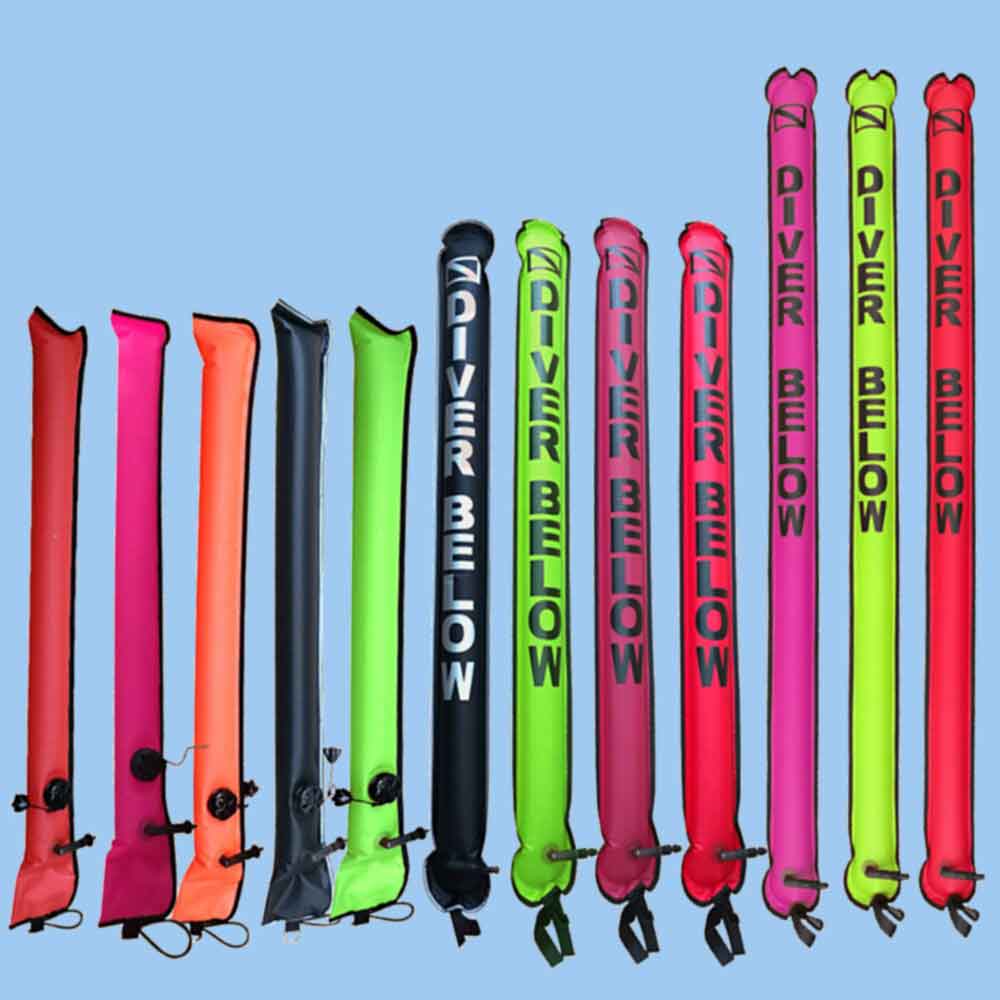
Colors of SMBs and DSMBs
SMBs and DSMBs come in a range of colors, each with its own unique benefits. For example, bright colors such as yellow, orange, or pink are highly visible and easier to spot from a distance. Some SMBs and DSMBs also come in patterns or with SOLAS reflective tape for added visibility.
In some regions, technical divers color-code DSMBs. Orange means a routine ascent, whereas yellow signifies that an emergency has occurred. There will be specific protocols for surface support if a yellow DSMB is deployed.
Inflation methods for SMBs and DSMBs
SMBs and DSMBs can be inflated in a variety of ways, including:
- Oral inflation: Inflated manually by blowing air into them using your mouth.
- Regulator purge: Open-ended and self-sealing SMBs and DSMBs can be inflated by purging a regulator into the opening from below.
- LPI inflate: The diver can connect their LPI hose to the SMB or DSMB and inflate it from their cylinder.
- CO2 cartridge: There are also DSMBs that can be filled using a CO2 cartridge. These methods are typically faster but risk unintentional filling when at depth. These DSMBs are beneficial for CCR divers.
Choosing between an SMB or DSMB
When deciding whether to use a Surface Marker Buoy (SMB) or Delayed Surface Marker Buoy (DSMB), it’s important to consider the diver’s needs for different types of diving. Here are some key points to consider:
- Deployment Method: The main difference between SMB and DSMB is the deployment method. SMB is deployed at the surface and can be towed during the dive, while DSMB is only deployed at the end of the dive, on the ascent, or during the safety stop.
- Type of Diving: SMB is better for drift diving when divers need to be monitored and followed by the dive boat. On the other hand, DSMB is useful for warning boat traffic that a diver will be surfacing or announcing to the dive boat that the diver is returning.
- Ease of Use: SMB has to be dragged around during the dive, which some find annoying. However, an SMB does not require the skill of safe deployment when underwater. A DSMB is unobtrusive throughout the dive but requires skill to deploy on the ascent.
- Emergency Signaling: Both options can act as visual emergency signaling devices at the surface.
By considering these factors, divers can make an informed decision on which option to choose for their specific needs.
How to deploy an SMB
Deploying an SMB at the surface is a relatively straightforward process:
- Ensure that you have the SMB and reel/spool ready for deployment.
- In a vertical position, add air to the SMB using your regulator or by orally inflating it, depending on the design.
- When the SMB is fully inflated, hold it upright and allow it to drag behind you.
- As you swim, maintain tension on the line to keep the SMB upright.
- Once the dive is complete, retrieve the SMB by reeling it in and packing it away in a secure location.
How to deploy a DSMB
Deploying a DSMB on ascent can be more challenging than deploying an SMB, as it requires a bit more skill and coordination. Here are the general steps to follow:
- Make sure you are at the appropriate depth for deploying the DSMB. This is typically near the end of the dive during the safety stop.
- Attach the DSMB to your reel or spool, if it is not already connected.
- Add sufficient air into the DSMB by oral inflation, purging your regulator, or connecting it to your LPI hose.
- The DSMB should be fully inflated when it reaches the surface. However, Boyle’s Law means that the gas will expand as the DSMB ascends. For instance, from 10m (1 ata) depth, the gas in the DSMB will double in volume.
- Ensure that the line from your spool or reel is not entangled with you or your dive gear.
- Release the DSMB and control the ascent speed using the reel or spool.
- Once the DSMB reaches the surface, maintain some tension on the line to keep the DSMB vertical.
It’s important to note that deploying a DSMB requires practice and training, and should only be attempted by those with the necessary skills and experience. It’s always a good idea to practice deploying a DSMB in a controlled environment, such as in a swimming pool or during a training dive, before attempting to do so in open water.
DSMB deployment safety concerns
- Entanglement: One of the biggest risks of deploying a DSMB is the possibility of entanglement. The diver could be pulled up by the DSMB, causing an uncontrolled ascent which can lead to decompression sickness. Always check above you before releasing the DSMB in case other divers are shallower and could get entangled.
- Reel jams or snags: Another safety concern is the possibility of the reel jamming or snagging after the DSMB is released. If this happens, it’s important to let go of the reel and surface safely.
- Do not connect DSMB to BCD: Never connect the DSMB reel or spool to your BCD once it is deployed. If your DSMB gets snagged by a passing boat or pulled by strong currents, it can quickly pull you to the surface.
SMB and DSMB training certification
Formal training and certification for using SMBs and DSMBs are not mandatory. However, it is highly recommended given the risks inherent to DSMB deployment.
Some high-quality Open Water or Advanced Open Water courses include instruction on SMB and DSMB use.
PADI Delayed Surface Marker Buoy (DSMB) Diver
For divers who want more structured instruction and supervised practice, PADI offers a DSMB Diver Specialty course. This course provides divers with the knowledge and skills to safely use a DSMB on their dives, including:
- Preparing and stowing your DSMB and reel
- Deploying the DSMB from a stationary position and from mid-water
- Swimming while towing a DSMB and managing the reel and line
- Making a safety stop using the DSMB line.
The course includes both classroom and practical training, allowing divers to gain hands-on experience under the guidance of a qualified instructor.
Regardless of whether you choose to take a formal course or not, it is important to practice deploying and using SMBs and DSMBs in a controlled environment before taking them on a dive.
This will help you feel comfortable and confident with the devices, and ensure that you are able to use them effectively in case of an emergency.
Maintenance and care tips for SMBs and DSMBs
Regular maintenance and care are essential for the longevity and reliability of SMBs and DSMBs. Here are some key points to consider:
SMB and DSMB Maintenance
- Rinse the SMB or DSMB thoroughly in fresh water after each dive to remove salt and debris that can damage the material or mechanism.
- Inspect the SMB or DSMB for damage such as tears, holes, or corrosion. If any damage is found, it should be repaired or replaced before the next dive.
- Check the inflator mechanism and line connections to ensure they are functioning correctly and securely attached.
- Replace the CO2 cartridge or re-arm the inflator mechanism after each use or as specified by the manufacturer.
SMB and DSMB storage
- Store the SMB or DSMB in a dry, cool, and shaded place away from direct sunlight or heat sources.
- Keep the SMB or DSMB away from sharp objects or surfaces that could damage it.
- Store the SMB or DSMB in a way that allows it to fully dry before packing it away to prevent mold and mildew growth.
- Check the SMB or DSMB periodically during storage to ensure it remains in good condition and is ready for use when needed.
An SMB or DSMB can make your dives safer
In conclusion, SMBs and DSMBs are essential tools for scuba divers to ensure their safety and communicate with surface support.
As we have discussed, choosing the right option depends on the type of dive and the diver’s needs. Key takeaways from this article include:
- SMBs are ideal for drift diving and monitoring by surface support, while DSMBs are useful for announcing surfacing and require deployment skills on the ascent.
- Training and certification are recommended for safe DSMB use but are not mandatory.
- Proper maintenance and care are important for the longevity of SMBs and DSMBs.
- Safety concerns with DSMB deployment underwater include entanglement, uncontrolled ascent, and DCS.
As a responsible diver, it is important to continue learning and practicing the safe use of SMBs and DSMBs in future dives. With proper knowledge and precautions, these devices can enhance the safety and enjoyment of your diving experiences.
About The Author

Andy Davis is a RAID, PADI TecRec, ANDI, BSAC, and SSI-qualified independent technical diving instructor who specializes in teaching sidemount, trimix, and advanced wreck diving courses.
Currently residing in Subic Bay, Philippines; he has amassed more than 10,000 open-circuit and CCR dives over three decades of challenging diving across the globe.
Andy has published numerous diving magazine articles and designed advanced certification courses for several dive training agencies, He regularly tests and reviews new dive gear for scuba equipment manufacturers. Andy is currently writing a series of advanced diving books and creating a range of tech diving clothing and accessories.
Prior to becoming a professional technical diving educator in 2006, Andy was a commissioned officer in the Royal Air Force and has served in Iraq, Afghanistan, Belize, and Cyprus.
In 2023, Andy was named in the “Who’s Who of Sidemount” list by GUE InDepth Magazine.
Purchase my exclusive diving ebooks!
SMB and DSMB FAQ
An SMB is deployed at the surface and may be towed around during a scuba dive. In contrast, a DSMB is deployed on the ascent at the end of a dive.
A DSMB is a Delayed Surface Marker Buoy. It is an inflatable tube used by a scuba diver to mark their underwater location on the surface.
An SMB is a Surface Marker Buoy. This is an inflated tube or float that the diver tows during a dive so that their location can be monitored from the surface.
Most SMBs do not have an over-pressure valve. They may burst as the gas expands on an ascent. A DSMB should be used for deployments whilst still at depth.
Lift bags were used as DSMBs before dedicated DSMBs were invented. They are not ideal for the task because they sit low in the water and have a high gas volume; which exacerbates risk of uncontrolled ascents.
Originally posted 2023-04-15 14:35:31.







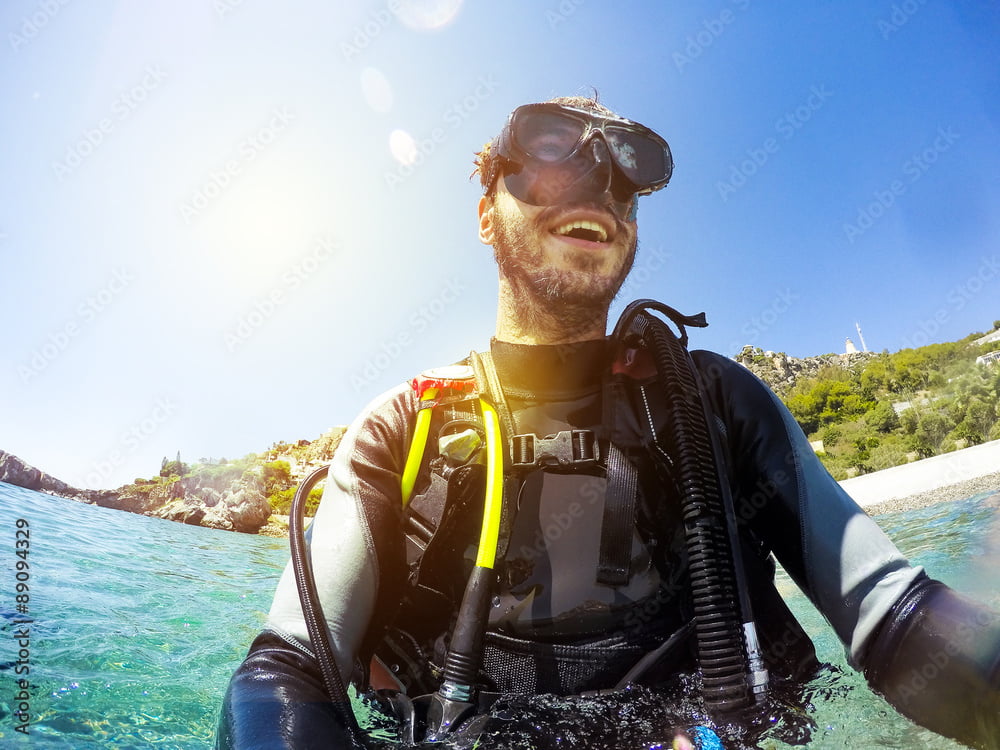


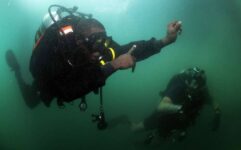
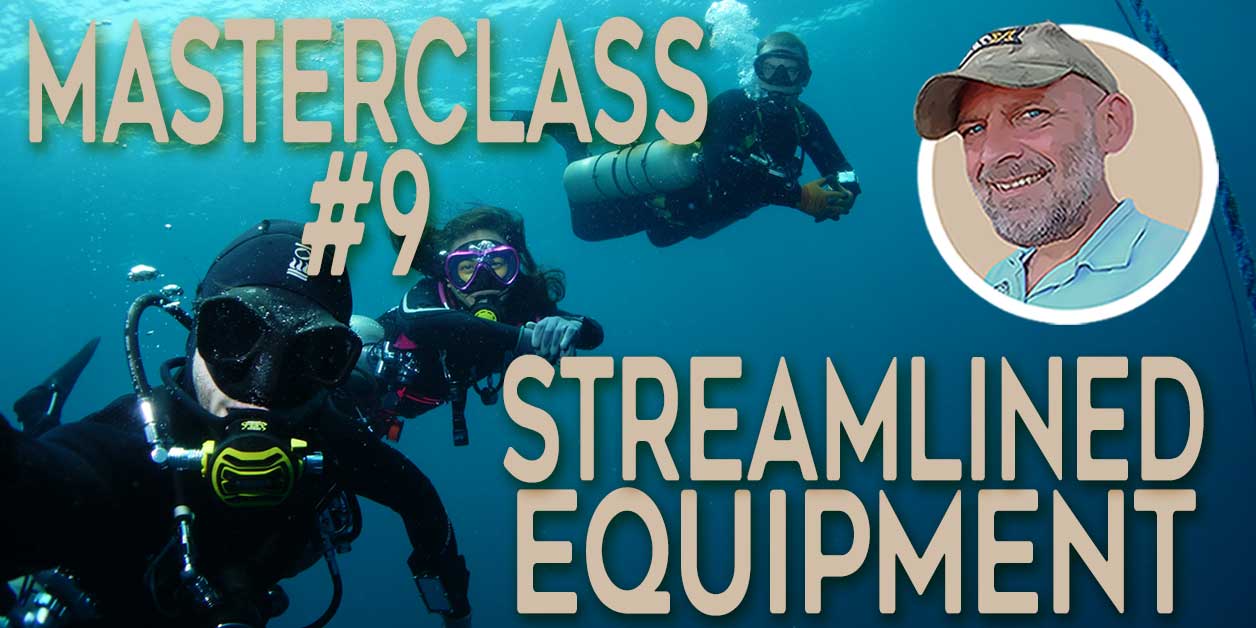

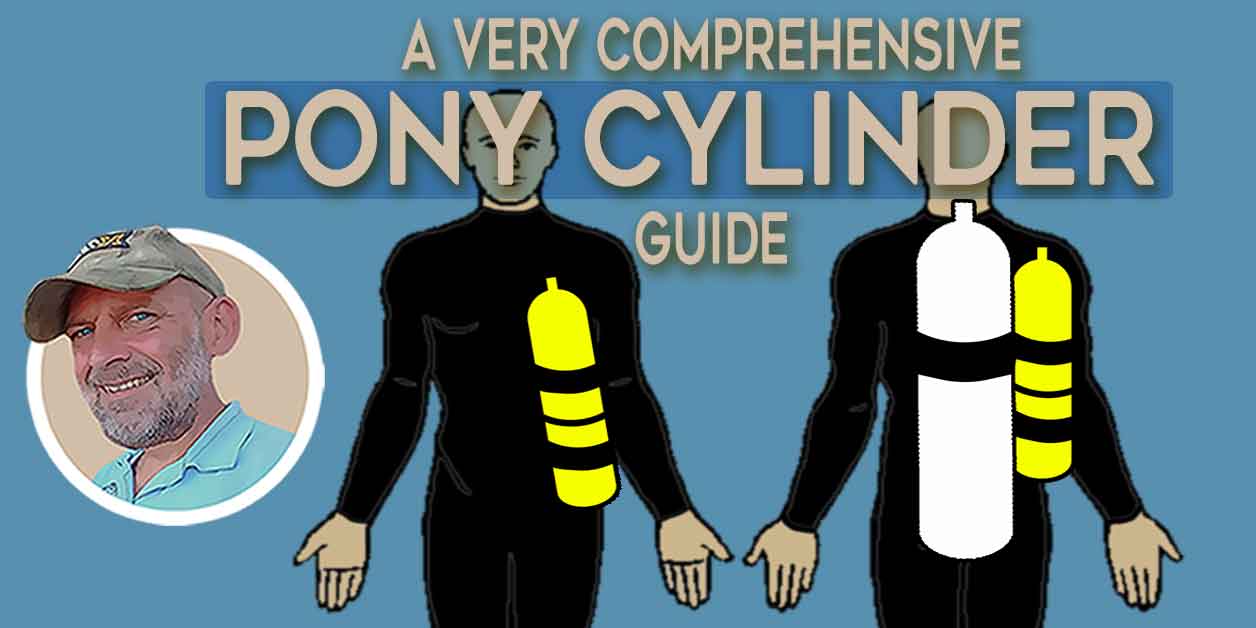
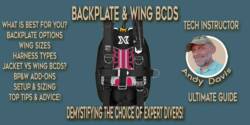
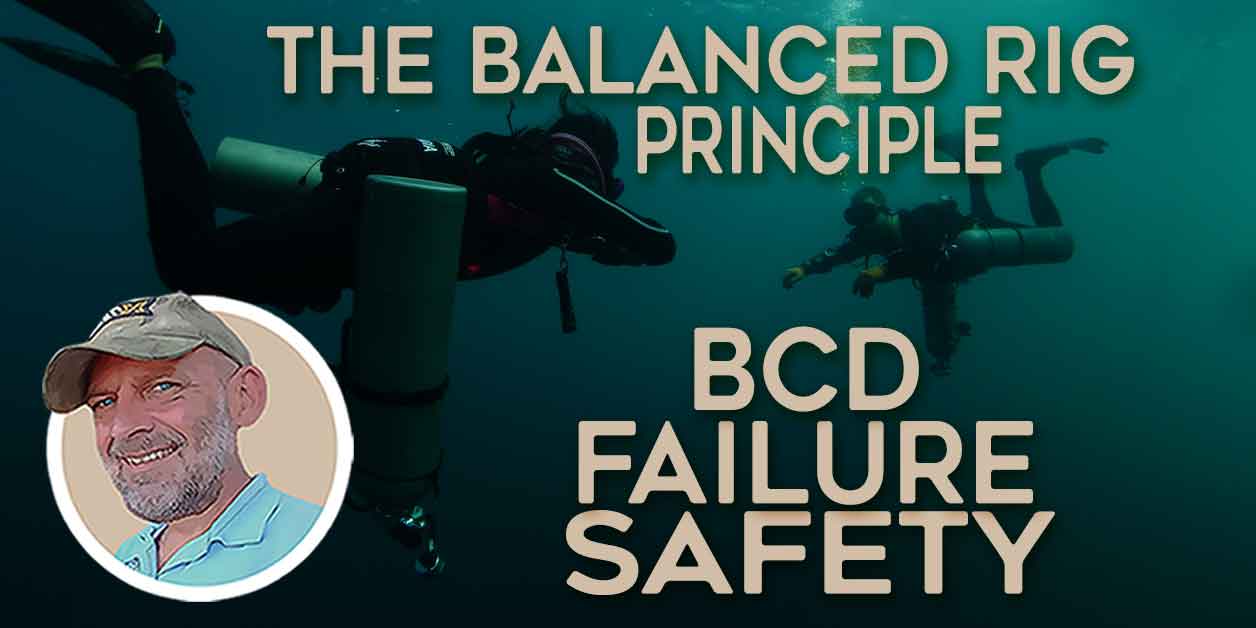
I have to disagree – adamantly. Whilst that may seem intuitively like a “simpler” approach, the protocol for safe deployment is far more complex. That is if you intend to remain free of entanglement risk, deploy within seconds, and have appropriate control over the DSMB on its ascent. This is why you’d never see a highly experienced, well-trained, or technical diver using that approach. Far too many novice divers get tangled in these types of DSMB lines: and rapid uncontrolled ascents pose a significant risk of DCS. Shallow depths don’t matter if the diver is perfused with dissolved nitrogen from earlier in their dive. Deploying from a safety spool is far safer and easier. However, many divers are not taught the correct procedure for that deployment. It is negligent that such training is not given by many instructors and/or agencies.
The simplest up line is 5m of cord attached to the Dsmb, a sinker at the other and a cork attached at the halfway point. The cork keeps the line above you as you uncoil the Dsmb and partially inflate it. Another problem encountered was the low king screw rotating as the spooled line deploys and Jams the spool. Cheers, enjoy your work, Richard